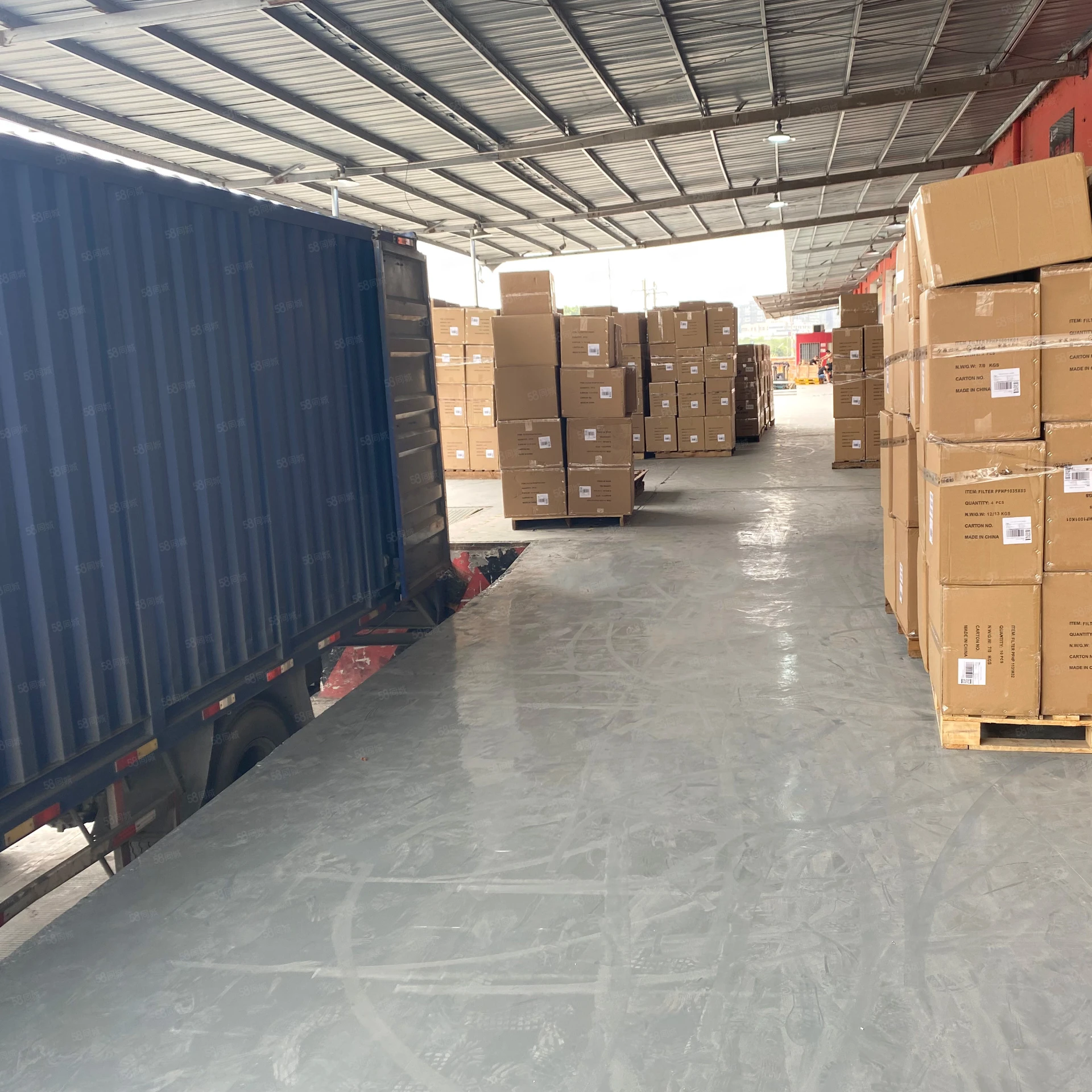The Role of Chemicals in Water Purification
Water is an essential resource for all forms of life, and the need to purify it has never been more critical. As populations grow and industrial activities expand, the sources of our water supply become increasingly contaminated with pollutants, pathogens, and debris. To combat these challenges, a variety of chemicals are employed in the process of water purification. This article explores the prominent chemicals used, their functions, and the integral role they play in ensuring safe, clean drinking water.
One of the most widely used chemicals in water purification is chlorine. Chlorination is a powerful and effective method for disinfecting water, primarily used to kill harmful bacteria, viruses, and other microorganisms. Chlorine acts by breaking down the cellular structure of pathogens, thus rendering them inactive and non-threatening to human health. Additionally, chlorine remains in the water even after treatment, providing residual protection against recontamination as the water moves through distribution systems. Although chlorine has been instrumental in public health achievements, it is important to manage its levels carefully, as excessive chlorine can lead to the formation of harmful by-products, such as trihalomethanes (THMs), which are associated with potential health risks.
Another important chemical in water purification is aluminum sulfate, commonly known as alum. Used as a coagulant, alum plays a significant role in the removal of suspended solids and turbidity in water. When added to water, alum reacts with impurities and forms larger particles, known as flocs. These flocs can then be easily removed through sedimentation or filtration processes. The effectiveness of alum in coagulation makes it a staple in water treatment facilities, particularly in areas where water sources are muddy or have high levels of organic matter.
chemical used for purification of water is

Additionally, activated carbon is used extensively for its adsorption properties. Activated carbon can remove a wide array of contaminants, including chlorine, volatile organic compounds (VOCs), and odor-causing substances. This makes it particularly valuable in both municipal water treatment and household filtration systems. The porous structure of activated carbon provides a large surface area for impurities to adhere to, effectively cleaning the water. It is important to note, however, that while activated carbon is effective for many substances, it is not suitable for removing some minerals or pathogens, which usually require other treatment methods.
Ozone is another powerful oxidizing agent that has gained popularity as an alternative disinfectant. Generated on-site using an ozone generator, ozone is highly effective in killing bacteria, viruses, and even some protozoa. It acts quickly and decomposes back into oxygen, leaving no residual chemicals in the water—making it an appealing option for those seeking a chemical-free solution. However, the use of ozone requires careful monitoring and implementation due to its potential to form intermediate by-products that may be harmful if not managed properly.
Lastly, sodium hydroxide, or lye, is often used to adjust the pH of water. Maintaining an appropriate pH level is essential in the treatment process, as it ensures the effectiveness of other chemicals and prevents the leaching of metals from plumbing systems, a potential health concern. Additionally, sodium hydroxide can help in the removal of hardness from water, creating a further benefit in the purification process.
In conclusion, the chemical methods employed in water purification are varied and crucial to ensuring safe drinking water. Each chemical used serves distinct purposes, from disinfection with chlorine and ozone to coagulation with alum and filtration with activated carbon. Understanding their functions, benefits, and potential drawbacks is essential for effective water treatment and public health. As technology advances and new challenges arise, ongoing research into water purification methods will continue to shape the quality and availability of this vital resource.

